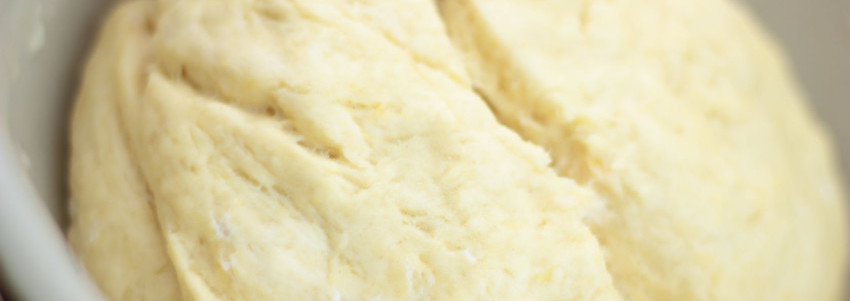
Are your customers asking for bread with more aroma and a cleaner label? We have noticed this trend of going back to sponge and dough systems for many bakeries.
True, it can be challenging to use this system. It takes up space and time, and there are change-over constraints.
What are the advantages of the Sponge and Dough system?
Sponge dough systems provide:
- Good fermentation tolerance
- Unique flavors and aromas
- Finer crumb grain and smoother texture in the final product
- The ability correct dough fermentation mistakes
- The long fermentation process means it’s easy to make a clean label without dough conditioners.
How does it work?
This method has two key steps:
- A pre-fermentation step for sponge mixing
- A dough or final mixing step
The sponge stage usually ferments for 2-8 hrs. Automation and ingredient handling systems have helped with faster production times, and a semi-continuous mixing fashion with sponges being produced without schedule interruption to feed the sponge and dough system.
The best flour to use in the sponge is:
- Milled from hard wheat
- 13–15% protein content
- Sufficient level of damaged starch to provide food for yeast
- Optimum amylase activity (Falling Number of 200–250 seconds)

